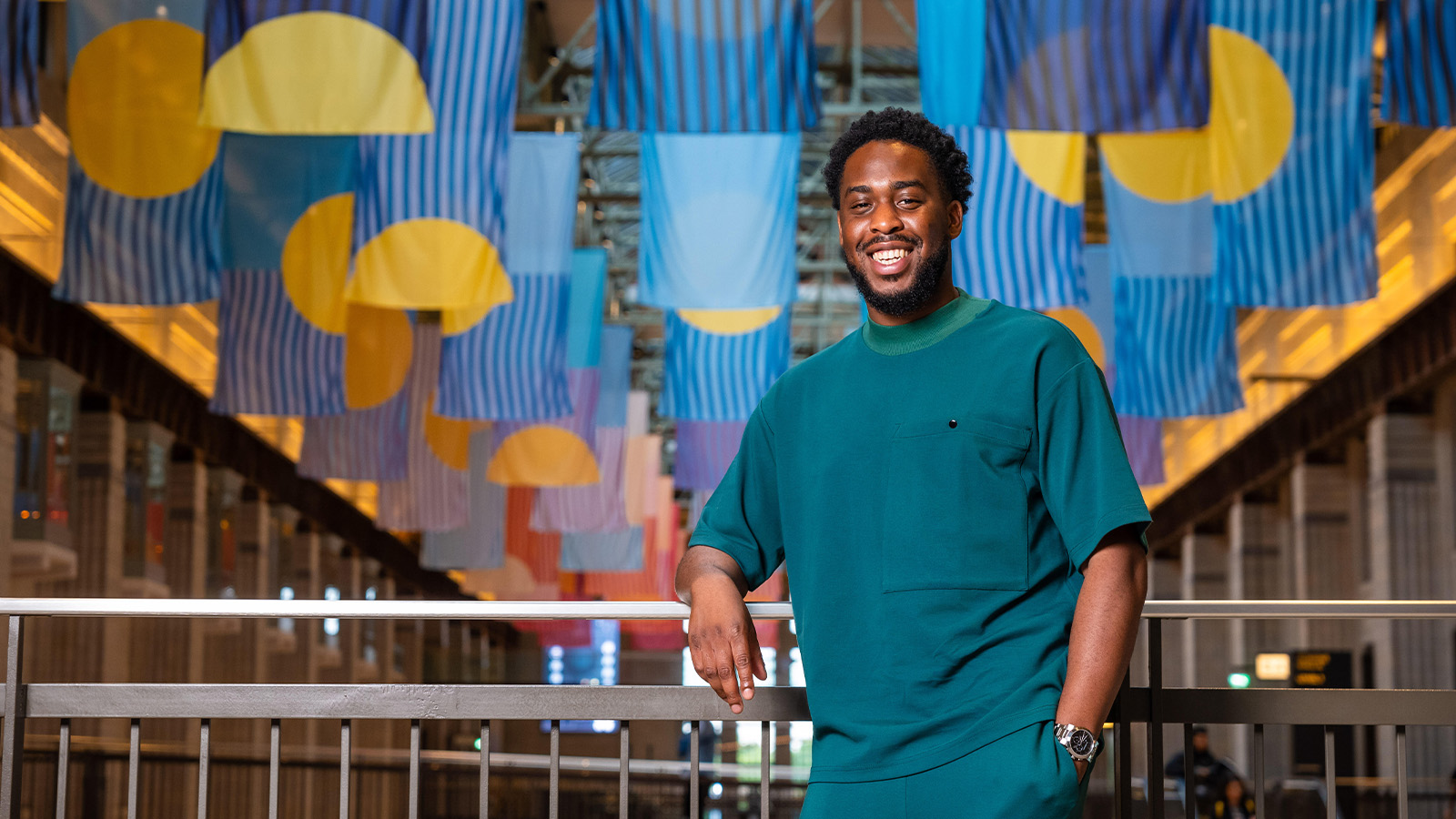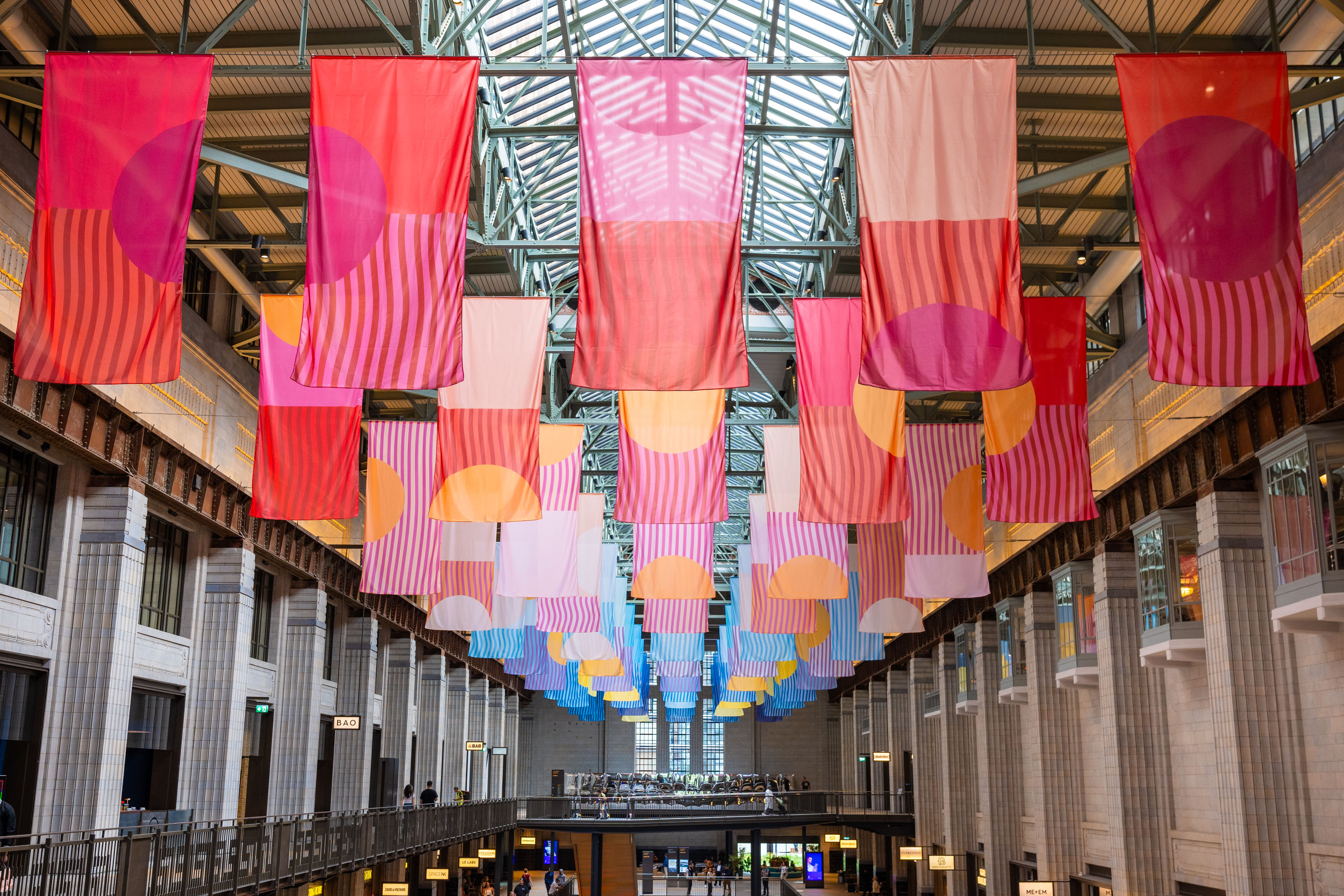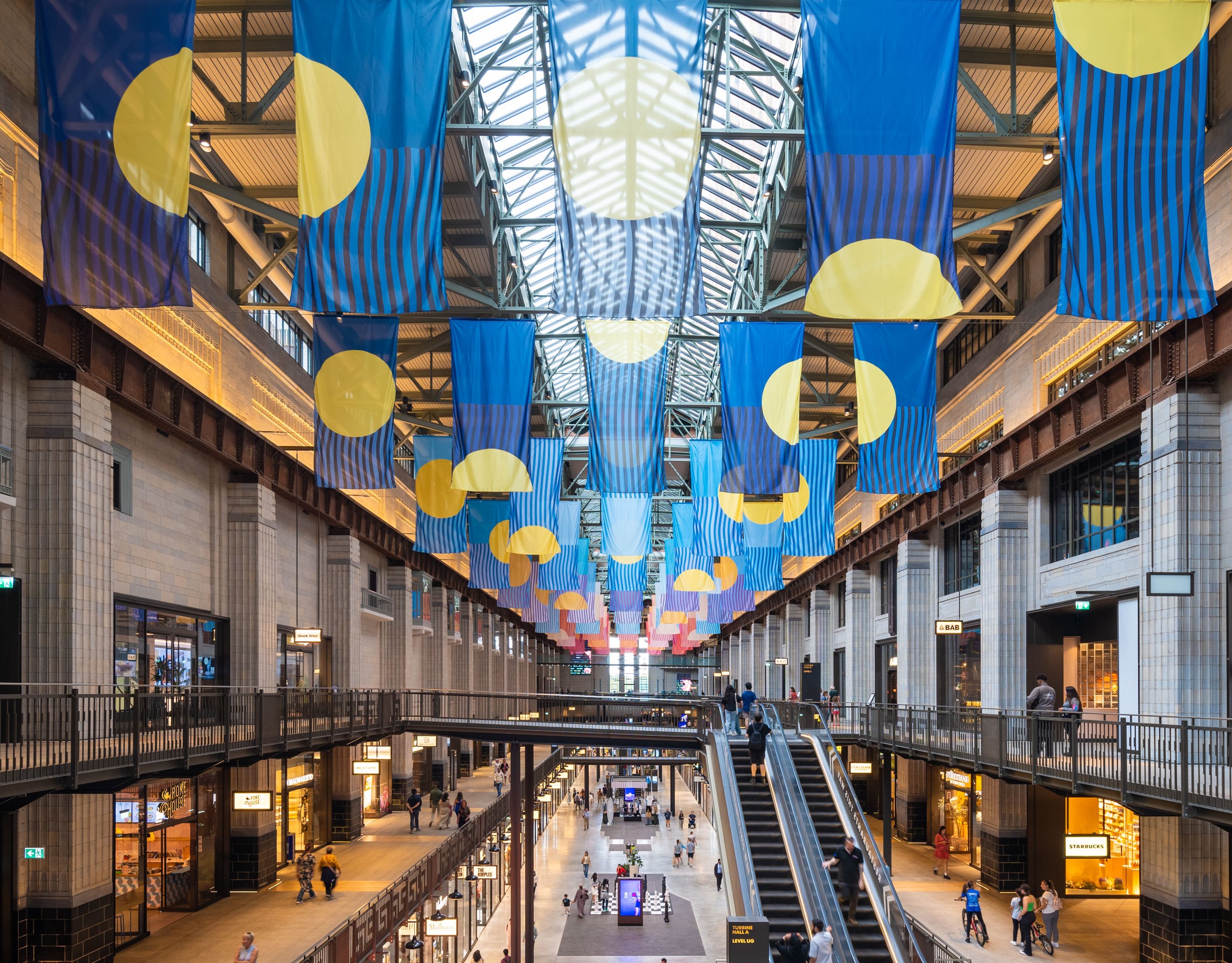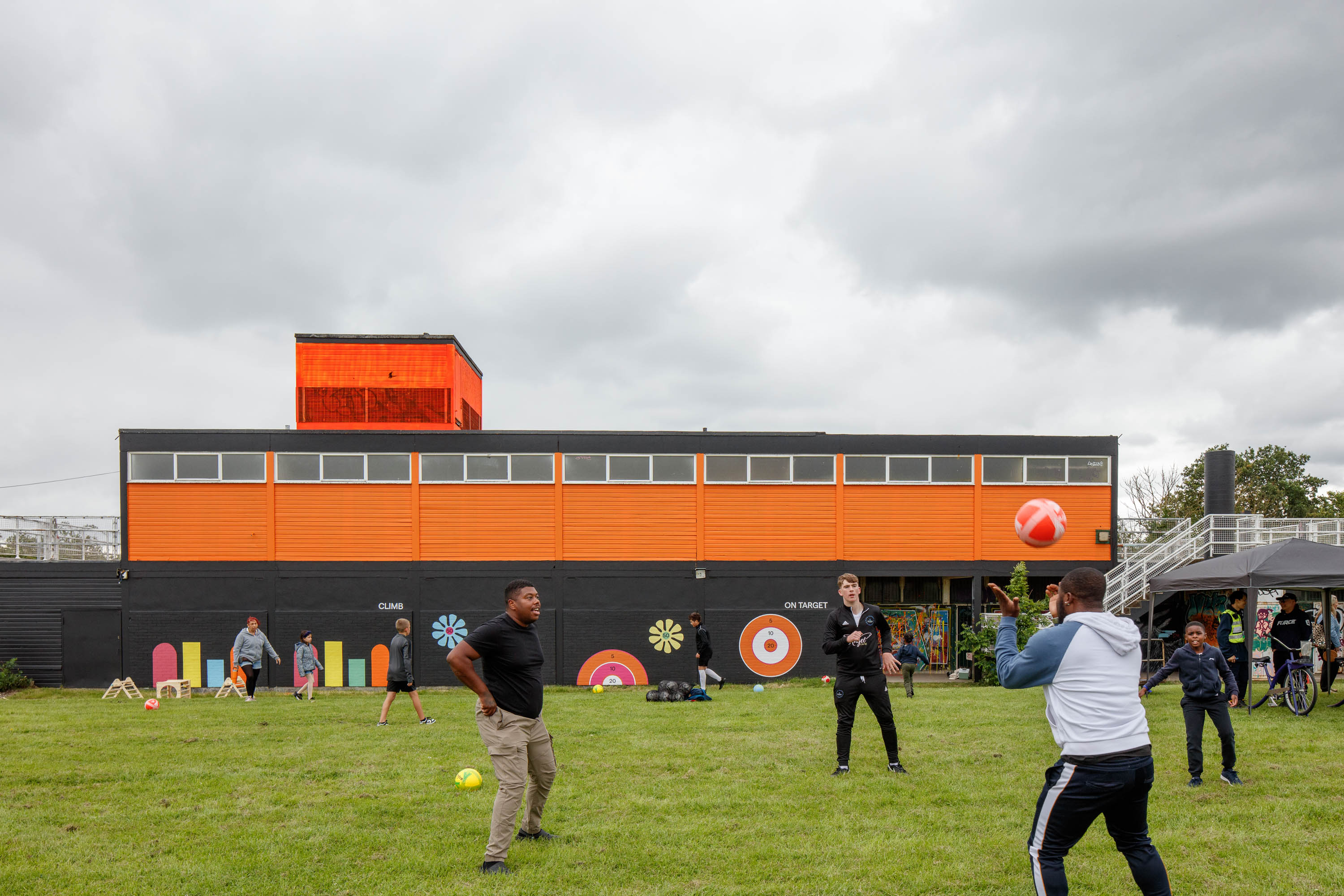
Any round-up of emerging design talent in the past five years has, more often than not, included London-based architect Shawn Adams. And for good reason. Also an educator, writer, and social advocate, Adams and his practice POoR Collective (Power Out of Restriction) burst onto the scene in 2019 with a participatory design approach and a commitment to using architecture as a tool for social change. Born and raised in south-west London, Adams was named a RIBAJ Rising Star 2020, and last year his studio was awarded the 2023 London Design Festival’s Emerging Design Medal. We caught up with him one year on as he was busy putting together POWERSHIIFT, the second iteration of POoR Collective’s group exhibition, taking place in Brompton during London Design Festival 2024.
Shawn Adams on LDF 2024 and the life-changing power of design

Wallpaper*: How did architecture emerge as your calling?
Shawn Adams: There was never a particular turning point. I always said I wanted to become an architect, even before I knew what an architect really was. I don't have any architects in my family or any direct family members that pursued any jobs in the built environment, but just knowing that [as an architect] you've got the power to shape space was always so powerful to me.
W*: Do you think it's the responsibility of designers and architects to engage more with young people in schools?
SA: I think so, because state schools are really very stretched and time-poor. But from my experience, when you present something to a school, the children are super receptive to it. I think that those of us in the creative industries have to play an active role if we want more diversity. We need to be going into schools in deprived areas and showing children that architecture and design could be a potential career route.

W*: How can we get more kids interested in creative subjects?
SA: Firstly I think it's about showing students and their parents that there are jobs and careers that they can pursue in the creative industries. If parents don't believe there's a career to pursue, they will try and direct their kids to something else that they believe will help to create a stable future for them. There’s a perceived lack of value in creative subjects, and you see it now more than ever.
W*: What do you love about working with young people?
SA: One of the main things is seeing how you impact that young person. Sometimes that impact isn't seen immediately – you might do a workshop and think they're not interested, but they will remember what you did, especially as a child, when we tend to be more impressionable. That one experience could change their whole life trajectory.

W*: Do you think the industry is changing?
SA: I definitely think the industry is trying to change, but there is still a lot of lip service. Everyone wants more diversity, especially in the creative industries, but it’s one thing to say it and another to actually get up and do something. You can say loads of great things. You can be on all the podcasts and write all the articles, and have all the right intentions. But if you're not actively doing something, then it doesn't really matter. You need to take action.
W*: What does the future hold for POoR Collective?
SA: In the next few years we want to develop a POoR community where resources and projects can be shared. We also want to build a community centre. At the moment, we've got a lot of installations and small-scale architecture, but if we could design and build a physical community centre that would be fantastic. Ultimately, we want to be a leading provider of creative opportunities for young people. That’s what we want the legacy of the business to be: an organisation that really moved the needle – that made creative industries accessible and gave young people opportunities.

W*: You’re currently in the middle of putting together an interactive installation for this year’s London Design Festival. What do you like about the festival, and is there anything it could improve upon?
SA: I think it's great for London, as we don't have many moments where the design community comes together in the same way. I think that engagement with a younger audience is something that I would like to see more of in the future. I think [LDF] does an excellent job of engaging early career designers but when it comes to younger age groups, events where parents can bring their kids to engage with design are still missing. If there were kids who had grown up going to LDF every year, by the time they got to university or college, they would have learned so much.







